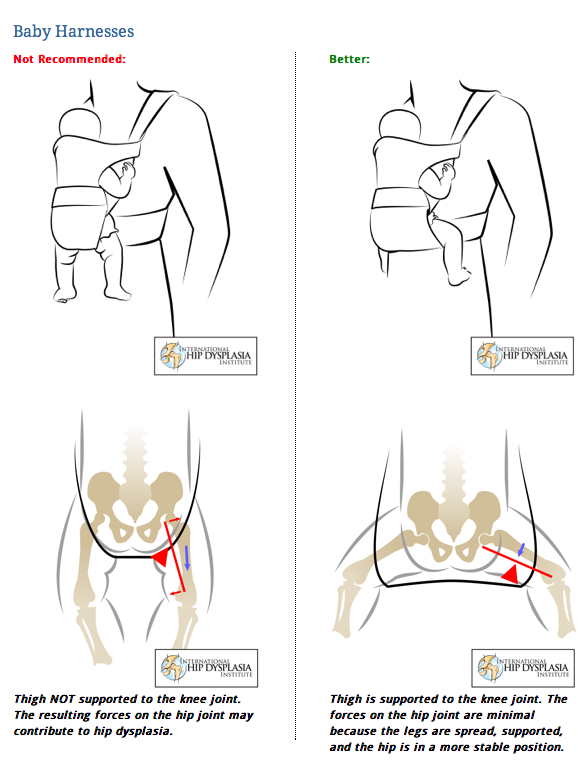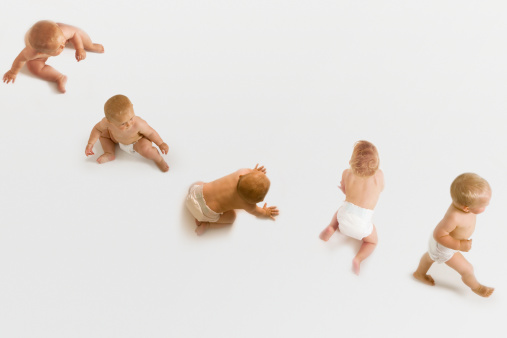Baby companies market baby products such as a the Baby Walker, Baby Jumper, and the Bumbo Floor seat as being beneficial for baby. But are they really?
According to a Baby Walker marketing ad, walkers “allow a child to explore”, when in reality a child can explore in a much safer and beneficial way by crawling. Walkers encourage walking before a child is physically, cognitively, and neurologically ready to walk.
A Jumper “allows baby to enjoy healthy exercise. Babies build strength, balance & coordination safely & comfortably.” What the company fails to tell you is that while in the jumper, the baby learns the incorrect use of the feet and calf muscles, incorrect core muscle activation, and a swayback position of the spine.
The Bumbo Floor seat “was designed to seat young babies who can’t sit up by themselves yet… The seat has many technical design features that support the baby’s posture allowing them to interact with their surroundings.” Babies who can’t sit up by themselves yet are not ready physically to maintain an upright posture. And who’s to say a baby can’t interact with their surroundings while lying on his tummy or back?
It has been suggested that the biggest problem with baby walkers, saucers and jumpers is the position the baby is standing in and how it affects their future walking. Rather than heel to foot pad walking, it may predispose them to toe-walking, which can lead to posture issues as they get older.
When standing by themselves holding onto a piece of furniture the child is supporting their weight with their legs and trunk, utilizing stomach and gluteus muscles to keep themselves upright. When standing in a baby walker, saucer or jumper, the child’s weight is typically being supported by their hips, crotch and underarms as they lean forward in the support mechanism. This allows them to stand with a lordotic or swayback posture, which is not beneficial.
Avoid the urge to rush your baby through any stage of spinal development. Placing them in containers or toys that impede movement, or placing them in a position they cannot support on their own can delay your baby’s development or create long term spinal issues.
Encourage plenty of floor time to nurture your baby’s spinal development.
Car Seats and Strollers
While in the womb the fetus’ spine develops in a “C” pattern, which is perfectly normal. As the child grows and they become weight-bearing, their spine should begin to develop a more mature curvature, almost like a stretched out “S”.
A baby’s developing spine can be affected by the repetitive positions they are put in. Car seats and strollers conform the child’s spine to the “C” pattern and, if used for long periods of time, can interfere with the normal development of the mature curvature.
An ergonomic rear-facing carrier is superior to using a car seat when the baby is not in the car.

Many parents consult our clinic soon after the birth of their child. Then they follow up with periodic chiropractic check-ups throughout their child’s developing years. It is important for kids to get checked at all developmental milestones. This includes the first time they hold their head up, the first time they crawl, and the time they take their first steps. This is when their spine is developing the most.
A trip to the chiropractor will ensure that these curves are developing properly so that there aren’t any problems down the road.





